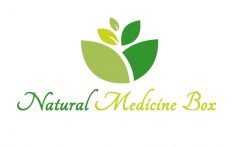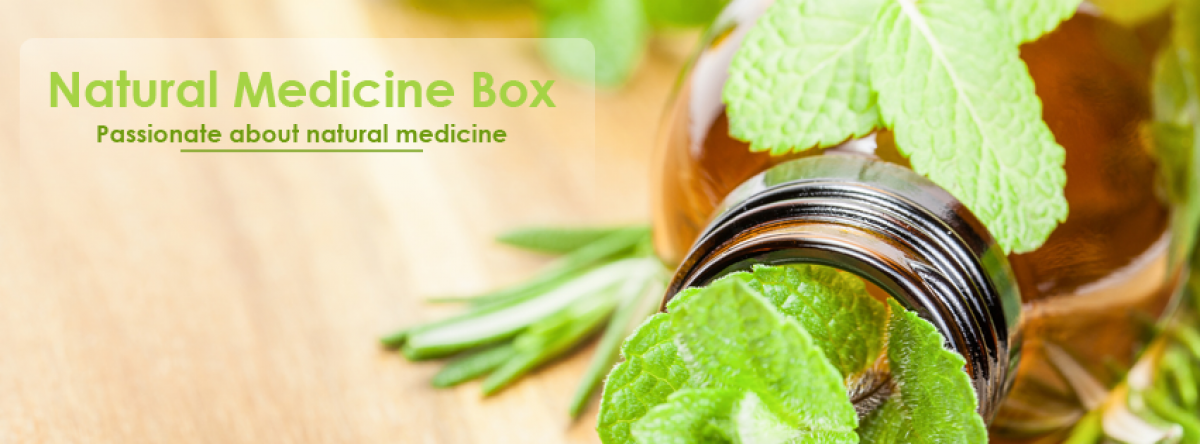
5 Common Household Items Known to Cause Cancer
You might be shocked to find that common household items contain chemicals known to cause cancer. We assume they are safe, right? After all, don’t we have government agencies to oversee these things? Wouldn’t they ban their sale if they were dangerous?
In a word: No.
There are literally thousands of chemicals and the FDA or EPA simply doesn’t have the manpower to do independent testing. They generally allow the companies that make these products to conduct testing and simply submit results saying that they have been found safe. There are no tests done regarding accumulation in the body, and no tests done about chemical interactions. Tests are performed on animals (which do not always translate to safety for humans) until they find a dosage where the animal shows no sign of damage. They then cut that dose by a certain percentage and say that number is safe. If this process doesn’t scare you, it should.
A typical American household contains about 62 toxic chemicals, on average. This doesn’t include the toxins we are exposed to outside the home from pesticides sprayed on foods, air pollution, water pollution, EMFs, and any toxins we encounter at our workplace.
Many of these common household items have been scientifically linked to hormone disruption, asthma, neurotoxicity, reproductive problems, and cancer.
Although it’s nearly impossible to avoid all toxic chemicals in today’s modern world, you can greatly lower your risk of developing chronic disease or cancer. Once you identify the dangers, you can eliminate them from your home and use natural, non-toxic alternatives.1. Air Fresheners/Scented Products
This is probably the number one product that everyone has in their home in one form or another. Any household item that contains some type of fragrance or “parfum” has a toxic chemical called phthalates. This includes everything from air fresheners, to scented laundry soap; these sweet smelling poisons have been tested by the Natural Resources Defense Council and found that phthalates cause problems with the production of male hormones. Another study performed by the University of Washington in 2008 found that air fresheners emitted chemicals that are known carcinogens. Because many of these products want to keep their scent a secret from competitors, you won’t find the word phthalates on any label, however, if you see the words “parfum” or “fragrance,” then more than likely that product contains phthalates.
Although the main exposure to this toxin is through inhalation, they can also be absorbed through the skin via scented soaps or lotions. This is particularly dangerous as the skin has no protection from chemicals, unlike our digestive systems; chemicals on the skin go directly into the blood stream and the organs of the body.
As much as possible, choose fragrance free products. You can make your home smell nice with natural essential oils and by using natural cleaning products.2. Chlorine
You might know this more commonly as chlorine bleach. It’s found in almost every type of laundry whitener, toilet cleaner, mold remover, and kitchen cleaner. Dry products, such as scouring powders, can also contain chlorine. Many municipalities even add chlorine to drinking water to kill bacteria. Although this sounds like a good way to kill bacteria, the risks of exposure are many and the effects can be acute. You are exposed to the fumes, it is absorbed through the skin when you shower or wash your hands. Chlorine irritates the nasal and respiratory passages, and is a major cause of thyroid dysfunction.
You don’t need chlorine bleach to clean, kill bacteria, or whiten clothing. Plain vinegar will help whiten clothes in the wash, as well as remove static cling. Baking soda or Bon Ami will work as well as any cleanser, and vinegar can be used to clean and disinfect toilets. You can reduce your exposure to chlorine in your homes water by installing a whole house filter.
3. Hair Shampoos and Conditioners
This is a really hot topic as of late. Many people have been unaware of the toxins that are used in personal care items, even those that are labeled as being organic or natural. Read the labels and you will find chemicals such as polyethylene glycol (PEG), cocamide DEA, and sodium lauryl sulfate, which make cancer causing agents when they are used together. Read labels carefully and use truly natural products, or make your own personal care products at home.
There are dozens of recipes online that will tell you exactly how to do this with ingredients that are readily available.4. Triclosan
You might have heard about this chemical on the news when it was discovered that it was being used in a popular brand of toothpaste. Triclosan is a very aggressive antibacterial compound that actually encourages the growth of super bugs. There is no evidence that shows that triclosan works any better than soap or makes us safer from pathogens in any way. However, there is plenty of evidence that shows that triclosan interferes with our bodies hormones. In fact, there has been so much evidence of this that the FDA is currently reviewing the data and is expected to make a decision sometime in 2016. Besides humans, triclosan is dangerous to marine life and kills algae, in important food source for many aquatic animals.
Don’t wait for the FDA to make a decision. You can use natural soaps that have short ingredient lists. Don’t be fooled by “body washes,” as many of these contain no real soap, but are simply more chemicals. Look for the word “soap” on the label. If you enjoy using hand sanitizers, use ones that contain alcohol, not triclosan.
5. Deodorants and Antiperspirants
Almost everyone relies on some type of deodorant to control body odor and perspiration. However, these products contain cancer causing chemicals such as aluminum chlorohydrate. As we talked about earlier, items place on the skin are absorbed directly into the blood and cause cancers, which is one reason why breast cancers have become so prevalent in Western Society.
Many antiperspirants also contain parabens, which imitate estrogen in the body and encourages the growth of cancer cells. The exposure to parabens has also been linked to nausea, depression of the central nervous system, and damage to the digestive system
Here are 5 more Household Items that may be harmful to your health. Read more here
Source: Naturalon


Pam Gorman Carolyn McCutchen Condict
Kerry Gorman Shockley you should check out Norwex. You can pretty much clean your whole house with just water and the the envirocloth. If you want more info let me know.
I will look into it. I do use all natural plant-based cleaning products to clean with. I try to minimize our exposure to toxic stuff…in all aspects, not just cleaning!
I know you are pretty healthy and like to be as natural as possible. I was going to start selling Norwex but im not sure about direct sales and taxes and all that jazz so now im not sure. I just feel in love with their cloths and wanted everyone else to know about it too.
OMG Thanks for info……….I need to clean out some cleaning supplies.
Scary, Le Roy James…the one about chlorine and thyroid health is interesting! Whoda thunk???
Glad I’ve switched to Melaleuca